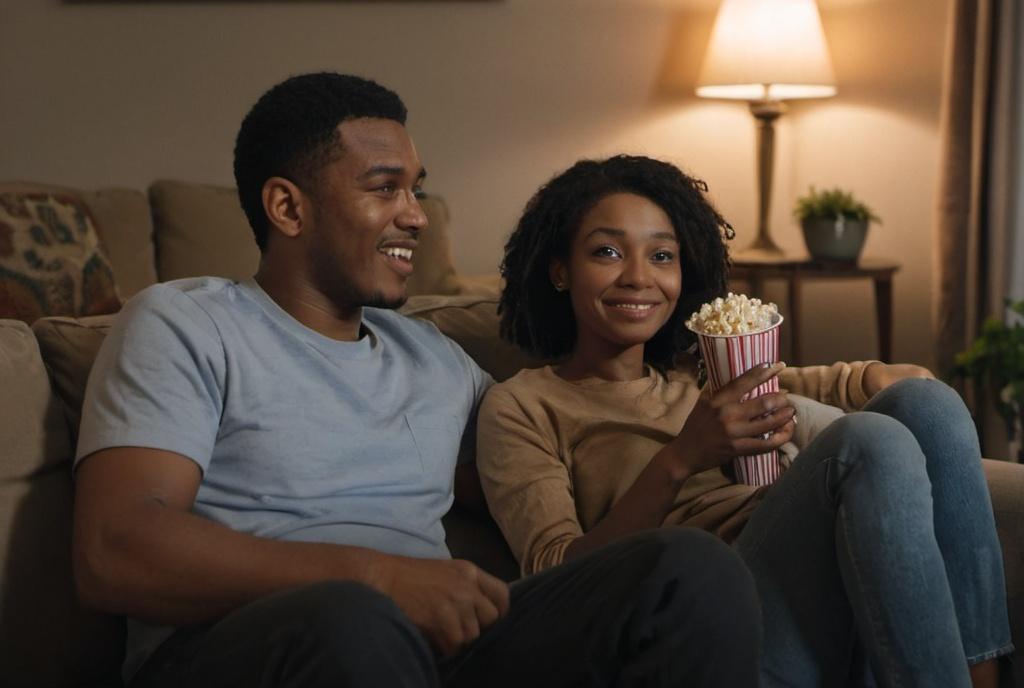
Key Take Aways About cinematography basics
- Cinematography combines art and technique, key for visual storytelling.
- Camera choices impact viewer experience; involves angles, movements, and composition.
- Angles: Low-angle for dominance, high-angle for vulnerability.
- Lighting shapes mood; three-point lighting includes key, fill, and back lights for depth.
- Composition arranges elements; the rule of thirds creates balance.
- Depth of field focuses viewer’s attention; shallow focuses small areas, deep clear throughout.
- Color conveys emotions and themes, enhancing narrative without words.

The Fundamental Aspects of Cinematography
Cinematography is the secret sauce of filmmaking, a combination of art and technique that defines the visual storytelling of a film. This aspect of cinema involves everything to do with the camera work and lighting in a film, elements that are crucial for creating the mood and visual experience. While cinematography might sound simple—point a camera and hit record—there’s a smidge more to it.
Camera Basics
At its core, cinematography is all about the camera. A cinematographer, also known as a director of photography, makes choices that influence how the viewer experiences the story. This includes decisions about camera angles, movements, focal lengths, and composition. The type of camera used, whether it’s a DSLR, mirrorless, or a full-blown movie camera, plays a pivotal role. For anyone who’s ever tried taking a selfie with an old phone camera, the difference in quality is as clear as day.
Camera Angles and Movements
Camera angles can make a character look like a giant or a tiny ant. Take the low-angle shot, for instance. It makes characters appear powerful or dominant, a trick often used in superhero films. On the flip side, a high-angle shot makes them seem vulnerable. Movement matters too. A smooth tracking shot can present a feeling of calm, while a handheld shot might induce an edge-of-your-seat intensity.
Lighting Techniques
Lighting is another heavyweight in the world of cinematography, though often overshadowed by the camera. Think of it as the seasoning in a dish. It creates texture, mood, and atmosphere. You wouldn’t want a horror film looking like a midday beach party, would you? Whether it’s the harsh shadows in a noir film or the soft glow of a sunrise, lighting sets the tone.
Three-Point Lighting
A classic technique is three-point lighting, which involves key, fill, and back lighting. The key light is your main light source. Fill light softens shadows, and the back light separates the subject from the background. This method is like a tried-and-tested recipe, always delivering appetizing results.
Framing and Composition
The way elements are arranged within a frame is composition, and it’s as vital as the plot. A well-composed frame guides the viewer’s eye to where the action’s happening, much like a well-drafted sentence. The rule of thirds is a go-to strategy. Imagine your frame divided into nine equal parts; placing your subject along these lines or at their intersections can create a pleasing balance.
Depth of Field
Depth of field determines how much of the shot is in focus. A shallow depth of field means only a small part of the frame is sharp, directing your attention like a spotlight. Conversely, a deep depth of field keeps everything in focus, useful for landscape shots or epic battle scenes.
The Role of Color
Color is the unsung hero of storytelling. It can evoke emotions, symbolize themes, or highlight a character’s journey without a word being spoken. Whether it’s the red dress that stands out in a black-and-white film or the different hues that denote various timelines, color can be a narrative device all its own.
Personal Insights and Humor
On a personal note, the first time I tried using a fancy camera to make a short film, I ended up with footage that resembled a shaky home video. Just shows how there’s more magic in those camera settings than meets the eye. Speaking of eyes, ever accidentally left the camera on manual focus only to realize later it was focused on a cactus in the background instead of your actor? Classic rookie move.
Conclusion
Cinematography is a complex but fascinating field, essential for crafting those unforgettable cinematic moments. While not every indie filmmaker has the budget for state-of-the-art equipment, understanding the principles can drastically elevate a production’s quality. Whether you’re a budding cinematographer or just a movie enthusiast, knowing these basics can change how you experience films. Who knows, maybe it’ll inspire the next blockbuster director in you.



